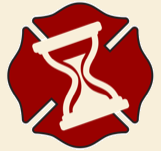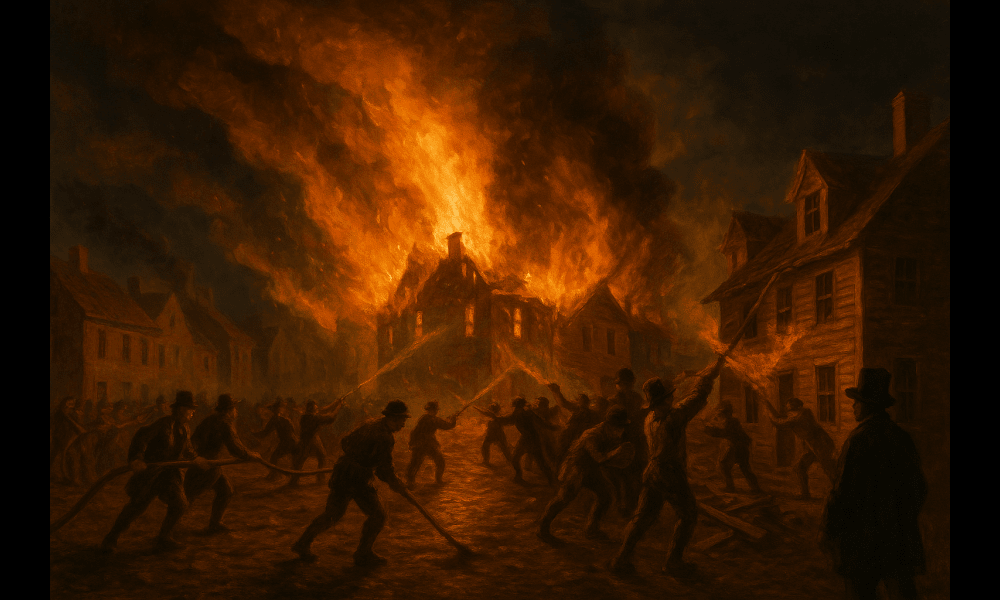The fire commonly referred to as The Grassie Fire of 1816 occurred on the evening of Tuesday, December 17, 1816, and was among the most destructive incidents in Halifax up to that time.
Origin and Spread
The fire began between 8 and 9 o'clock at night in a cooper’s shop beneath the stores owned and occupied by George Grassie & Co. It quickly escalated, raging with what was described as “dreadful and destructive fury” until about 1 a.m., when it was finally brought under control thanks to the combined efforts of the Army, Navy, and town inhabitants. Notably, none of the town’s official fire companies were mentioned in reports regarding active participation at the scene.
Properties Destroyed
The buildings destroyed or heavily damaged included:
-
The stores of George Grassie & Co.
-
Starr & Shannon’s stores
-
The house of John Starr, occupied by Mr. Willoughby
-
Shops of Joseph and David Starr, Mr. Huntington, and Mr. Ridgway
-
A house owned by Charker and Cunnabel, occupied by Mr. Lamprey
-
A house owned and occupied by Mr. Polegreen
-
Two houses belonging to John Hawe, one occupied by himself
-
A house owned by Mrs. [name unreadable], occupied by Mr. Cozens
-
Several houses and stores belonging to George Thompson, including those occupied by Mr. Street, Mr. Williams, and Gray, Hunter & Co. (Coopers)
-
A house owned by James Collupy (likely Collopy), occupied by Mr. Estano, which was pulled down by Fireward order to stop the spread
-
Another house, owned by John Patterson and occupied by Dr. Montague, was also partially pulled down.
Estimated Damages
The financial loss was reported to be no less than £40,000, a considerable amount for the time.
Aftermath
-
George Grassie, whose property was the ignition point, was a member of the Hand in Hand Fire Company and a serving Fireward at the time.
-
John Starr, another fire victim, was also a Fireward, and Joseph Starr would later join the Sun Fire Company.
-
On December 20, 1816, following the fire, two new Firewards were appointed: William Lawson (Sun Fire Company) and Jonathan Tremain Jr. (Hand in Hand Fire Company).
-
A subcommittee was also formed within the Board of Firewards to improve coordination with garrison troops. This stemmed from an incident during the fire where Fireward Thomas Heavyside was obstructed and insulted by two army officers who disobeyed his orders and attempted to intimidate him afterward.
This fire was part of a troubling trend in 1816, a year marked by unusual weather (known as the “Year Without a Summer”) and poor infrastructure, both of which hampered fire response efforts. The fire prompted public outcry over inadequate fire preparedness and was followed by a push for better equipment and more consistent regulation.


